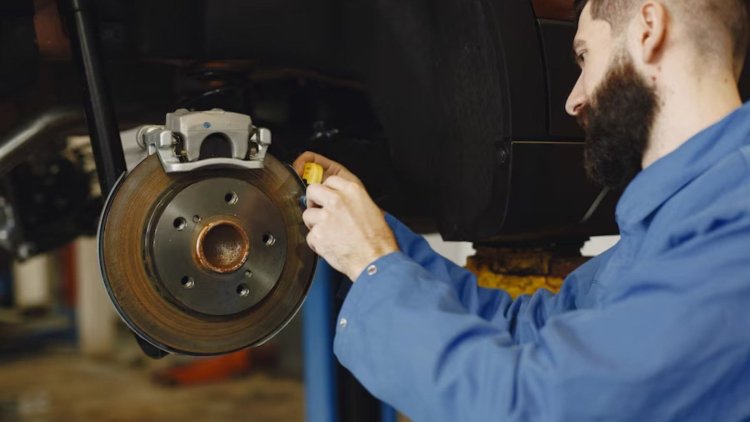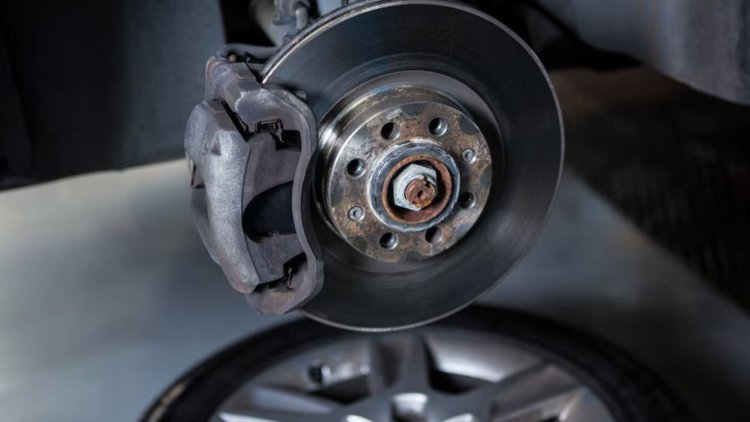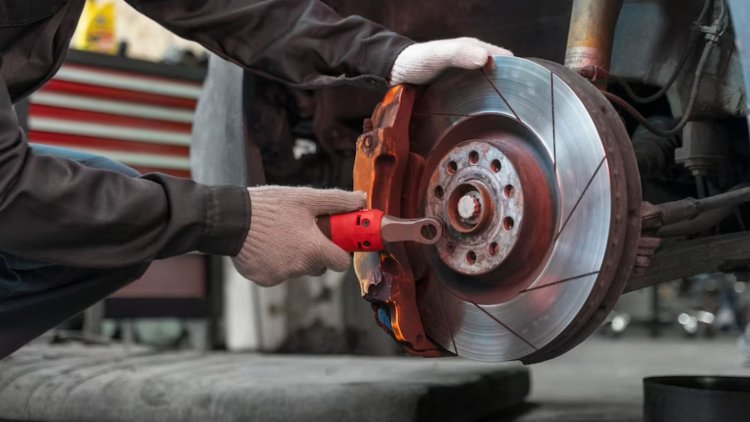Understanding the Different Types of Braking Systems in India
Dive into the world of braking systems in India! From drum brakes to regenerative braking, discover the various types that keep us safe on the roads.

The braking system of a vehicle is a critical component that ensures safe and efficient operation on the roads. In India, where traffic conditions can be challenging and diverse, it is essential to have a reliable braking system. There are several types of braking systems used in vehicles today, each with its own characteristics and advantages. This article aims to provide a comprehensive overview of the various braking systems commonly found in India.
Suggested: Drive with peace of mind: Discover India's top 10 safest cars and their standout features
Drum Brakes: Drum brakes are one of the oldest and most traditional types of braking systems. They consist of a hollow drum that rotates with the wheel and houses brake shoes. When the brake pedal is pushed, hydraulic pressure is applied to the brake shoes, forcing them to press against the internal surface of the drum, creating conflict and slowing down the vehicle. Drum brakes are cost-effective and commonly used in the rear wheels of small cars and motorcycles in India.
Disc Brakes: Disc brakes have gained significant popularity in recent years due to their superior performance and reliability. They feature a flat, disc-shaped rotor connected to the wheel and a caliper that holds brake pads. When the brake pedal is engaged, hydraulic pressure forces the brake pads against the rotor, generating friction and bringing the vehicle to a stop. Disc brakes offer better heat dissipation, faster cooling, and improved stopping power, making them suitable for high-performance vehicles and heavy-duty applications.
Anti-lock Braking System (ABS): ABS is a safety feature that prevents the wheels from locking up during sudden braking or slippery road conditions. It uses sensors to monitor the rotational speed of each wheel. If a wheel is on the verge of locking, the ABS modulates the braking pressure to that wheel, allowing it to rotate and maintain control. ABS enhances vehicle stability, reduces the risk of skidding, and is now a mandatory requirement for all new cars in India.
Electronic Stability Program (ESP): ESP is an advanced braking system that works in conjunction with other vehicle control systems, such as traction control and anti-lock braking. It continuously monitors the vehicle's movement and detects any deviation from the driver's intended path. If the system senses instability or loss of control, it selectively applies brakes to individual wheels, adjusts engine power, and assists in regaining stability. ESP has proven to be highly effective in reducing accidents caused by oversteering or understeering.
Regenerative Braking: Regenerative braking is a feature commonly found in hybrid and electric vehicles. It harnesses the kinetic energy generated during deceleration and converts it into electrical energy, which is then stored in the battery for later use. By utilizing regenerative braking, these vehicles can increase their overall efficiency, extend their range, and reduce wear on traditional braking systems.
Read more: Drive Less, Pay Less: "Pay As You Drive" Insurance | Check how you can get it
The braking system plays a crucial role in ensuring road safety in India. Understanding the different types of braking systems available helps vehicle owners make informed decisions about their choice of transportation. From traditional drum brakes to advanced regenerative braking, each system offers unique advantages in terms of performance, reliability, and safety features. With the continuous advancements in automotive technology, braking systems are becoming more efficient, responsive, and tailored to meet the demands of India's diverse road conditions.














